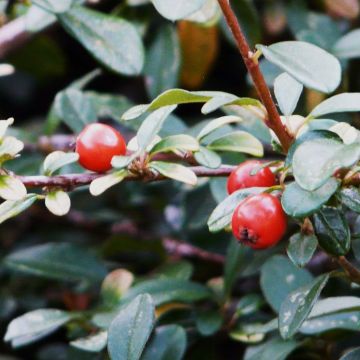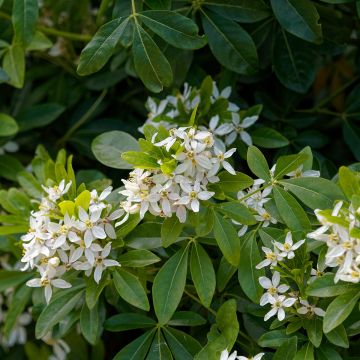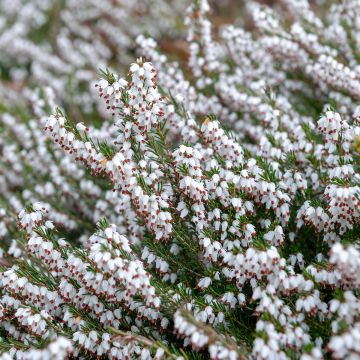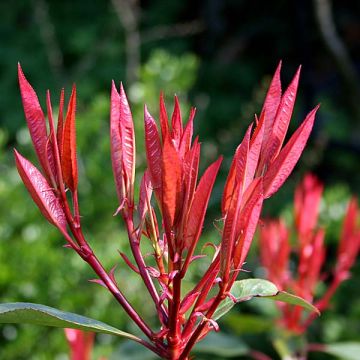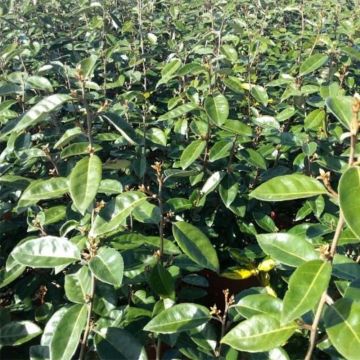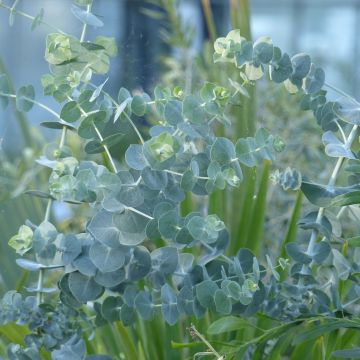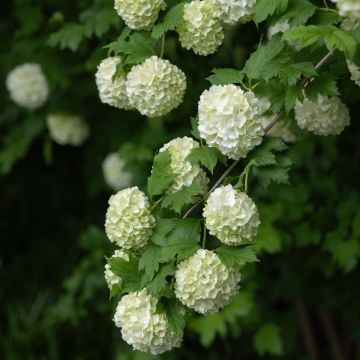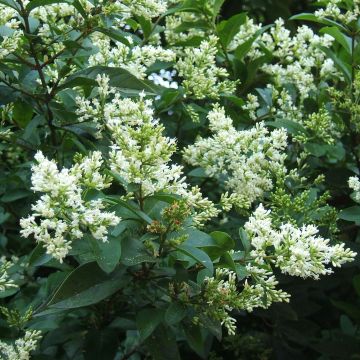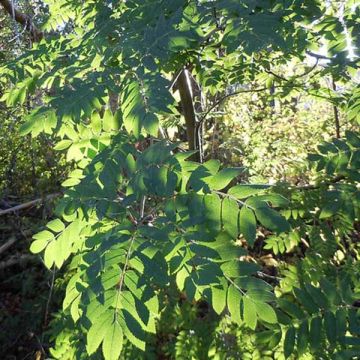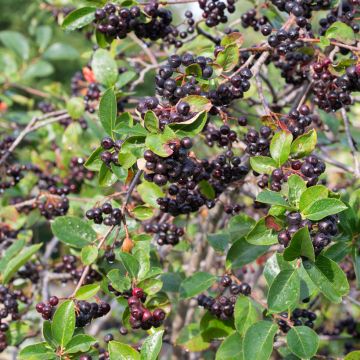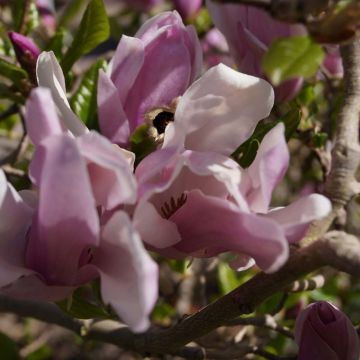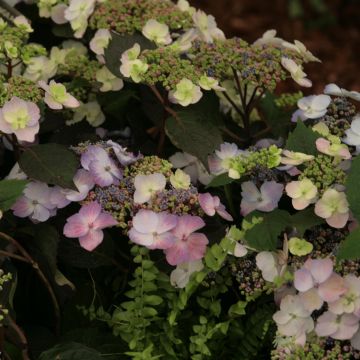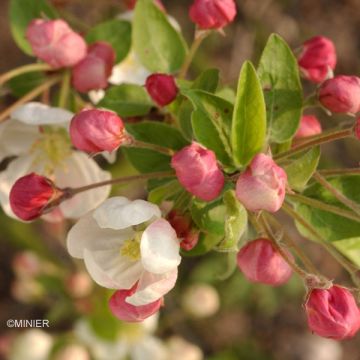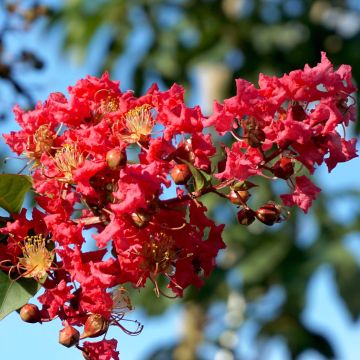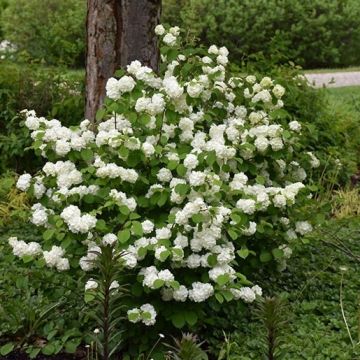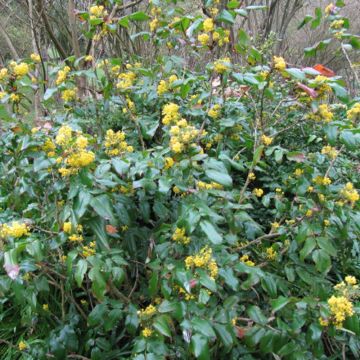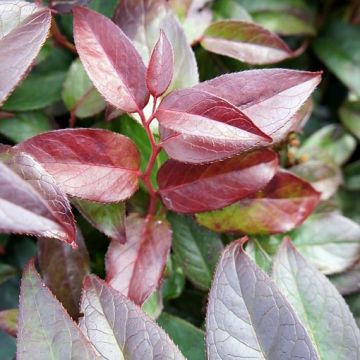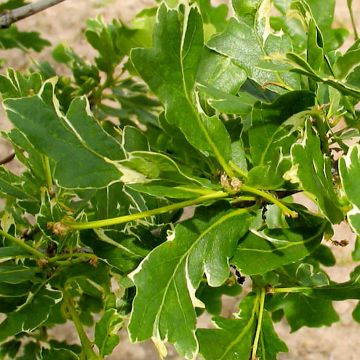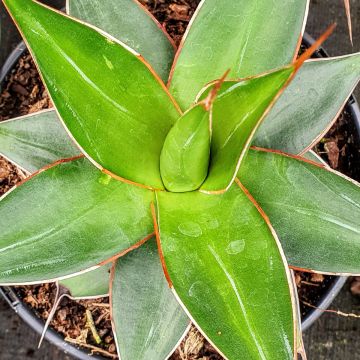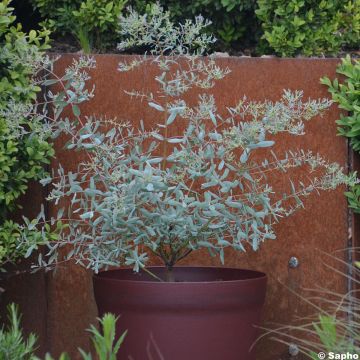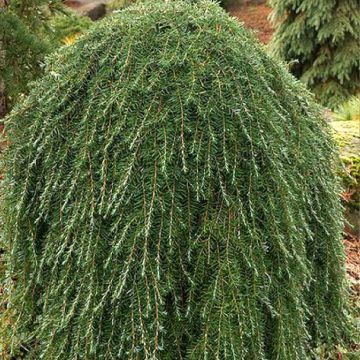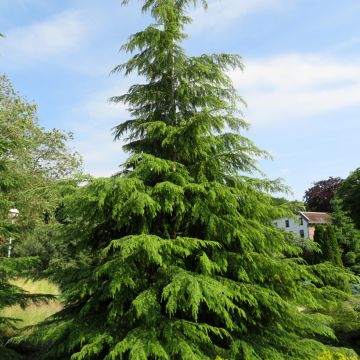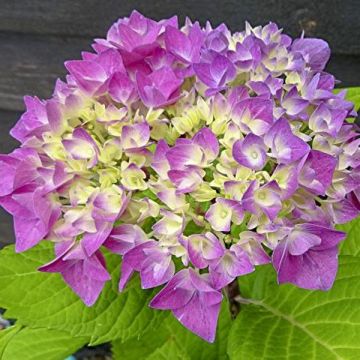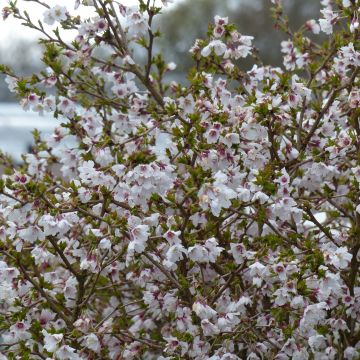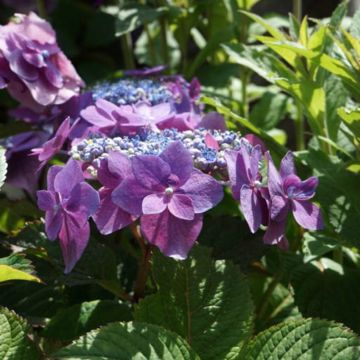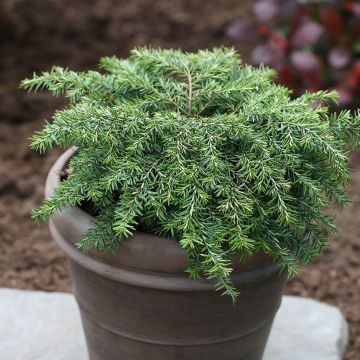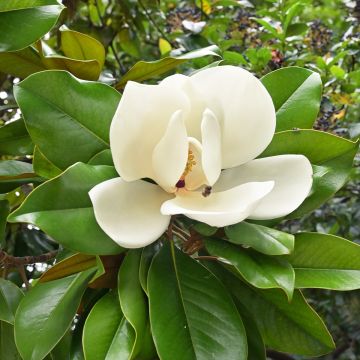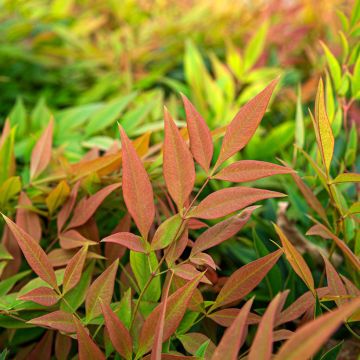Shipping country and language
Your country of residence may be:
Your country of residence is:
For a better user experience on our website, you can select:
Your shipping country:
-
Andorra
-
Austria
-
Belgium
-
Bulgaria
-
Canada
-
Chile
-
Croatia
-
Cyprus
-
Czechia
-
Denmark
-
Estonia
-
Finland
-
France
-
Germany
-
Greece
-
Hungary
-
Iceland
-
Ireland
-
Italy
-
Latvia
-
Lithuania
-
Luxembourg
-
Malta
-
Monaco
-
Netherlands
-
Poland
-
Portugal
-
Romania
-
Slovakia
-
Slovenia
-
Spain
-
Sweden
-
Switzerland
-
United Kingdom
We only deliver seed and bulb products to your country. If you add other products to your basket, they cannot be shipped.
Language:
-
French
-
German
-
Spanish
-
English
-
Italian
My Account
Hello
My wish lists
Log in / Register
Existing customer?
New customer?
Create an account to track your orders, access our customer service and, if you wish, make the most of our upcoming offers.
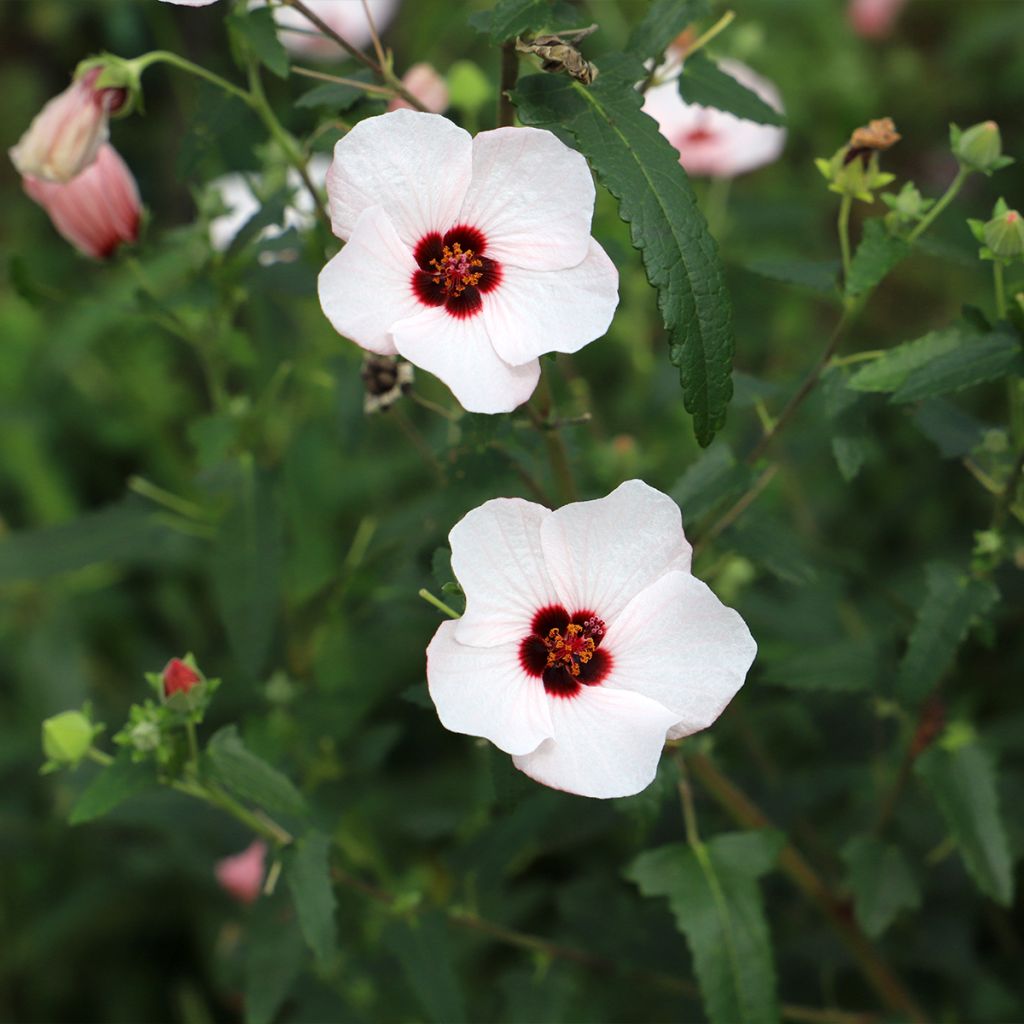

Pavonia hastata
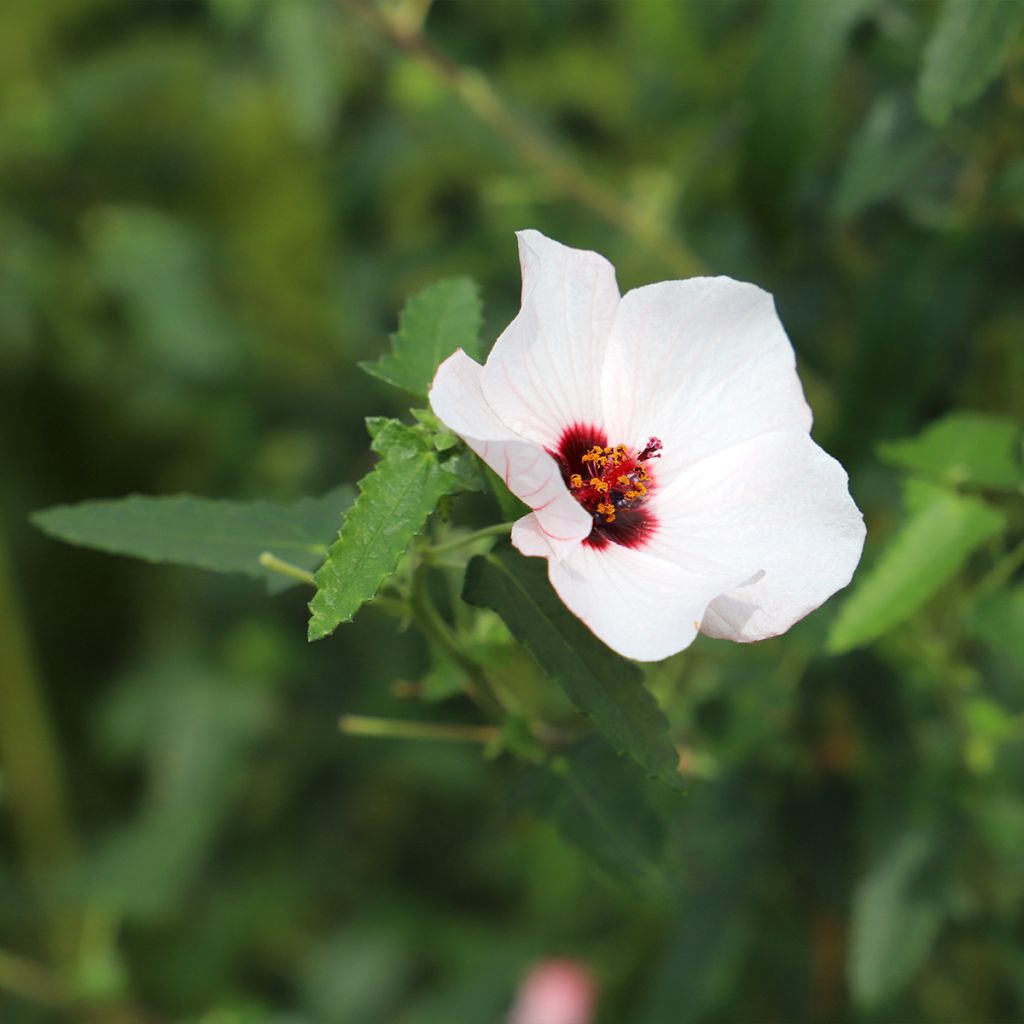

Pavonia hastata
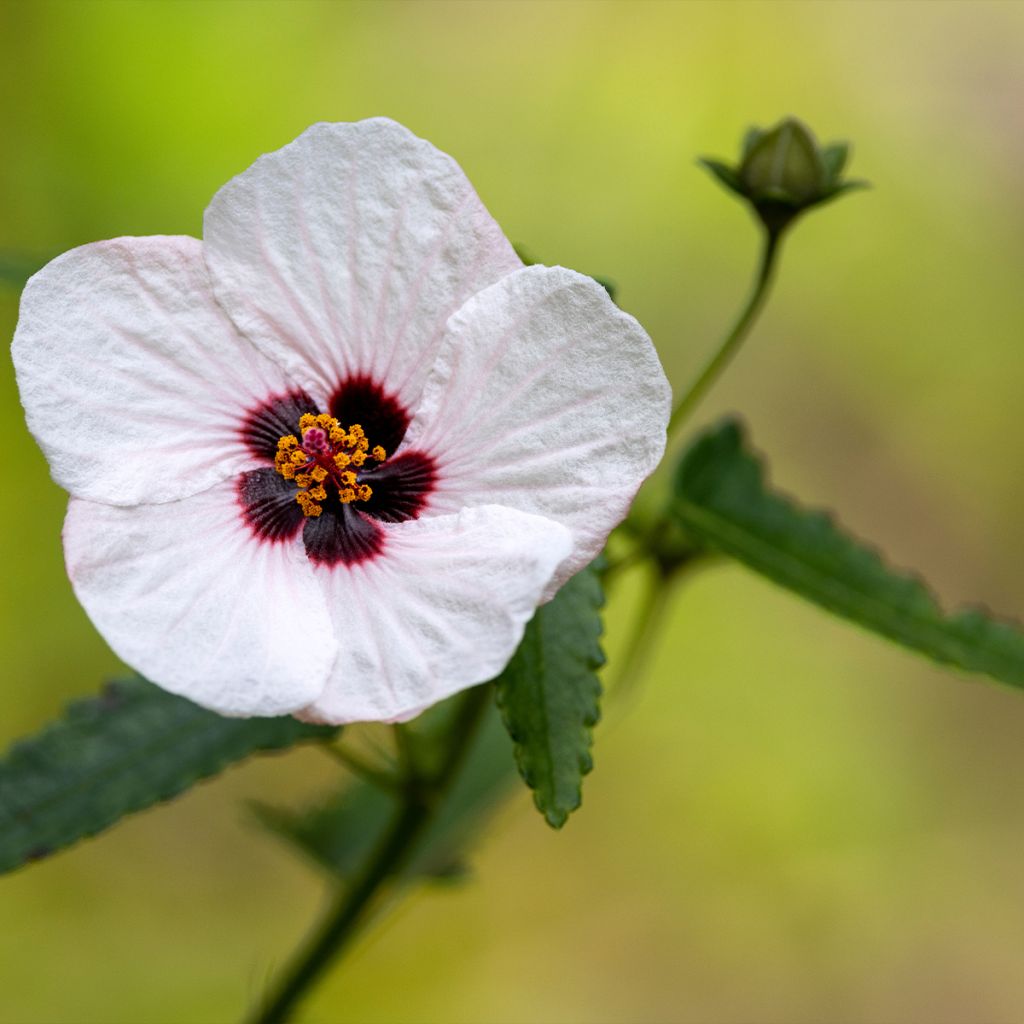

Pavonia hastata
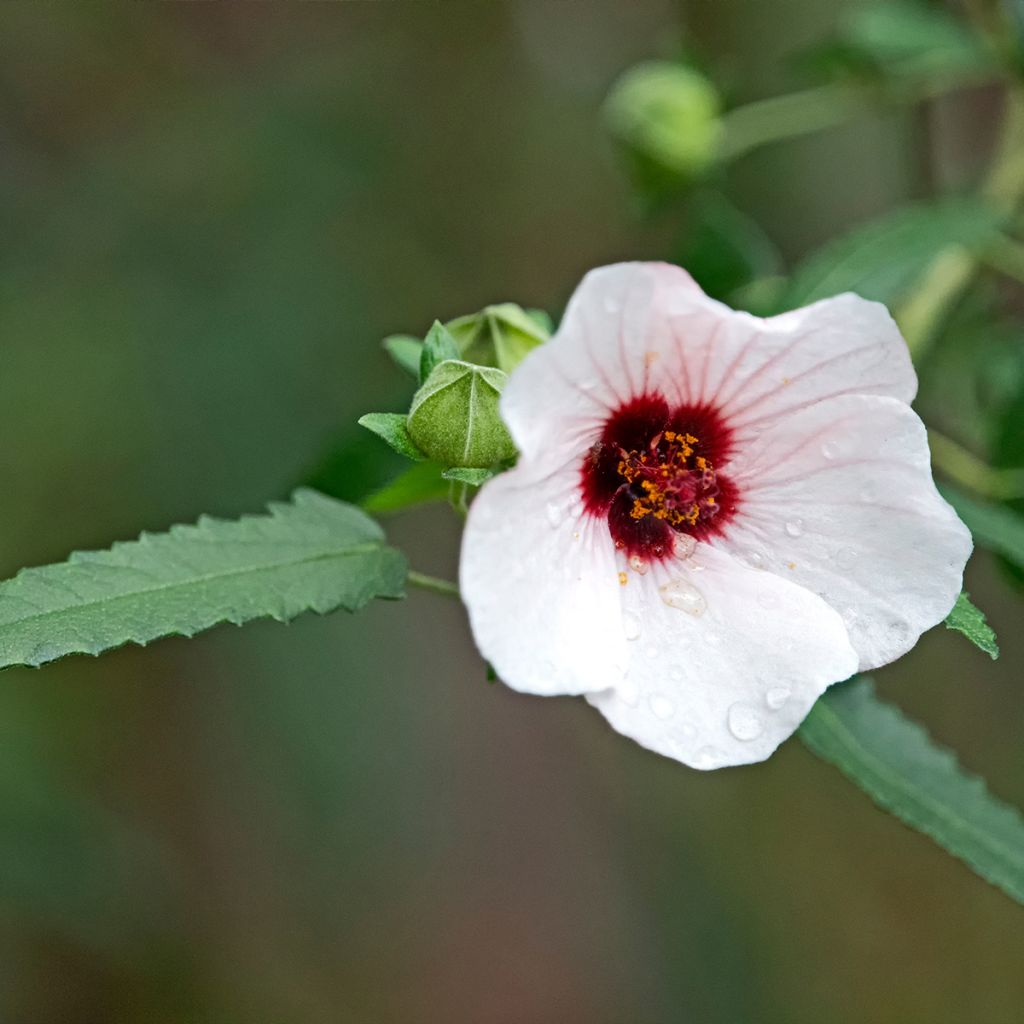

Pavonia hastata
Pavonia hastata
Pavonia hastata
A rather puny young plant, but I reckon it will pick itself up.
martine, 20/05/2023
Why not try an alternative variety in stock?
View all →Order in the next for dispatch today!
Dispatch by letter from €3.90.
Delivery charge from €5.90 Oversize package delivery charge from €6.90.
More information
This item is not available in your country.
Schedule delivery date,
and select date in basket
This plant carries a 24 months recovery warranty
More information
We guarantee the quality of our plants for a full growing cycle, and will replace at our expense any plant that fails to recover under normal climatic and planting conditions.
From €5.90 for pickup delivery and €6.90 for home delivery
Express home delivery from €8.90.
Does this plant fit my garden?
Set up your Plantfit profile →
Description
The Pavonia hastata, commonly known as the hastate pavonia, is a semi-evergreen bush of subtropical origin that offers a generous flowering of delicate white-pink cups with a burgundy heart, measuring 5 cm (2in) in diameter, from summer to autumn. It forms a small compact and erect cushion bush, with narrow semi-evergreen foliage, glossy dark green, which gives it a rather wild look that blends well with scrubland shrubs or more rustic perennials. Not very hardy and tolerant of dry, hot, and limestone conditions, it is an ideal bush for creating full sun beds in mild climates. Grow it in full sun or partial shade, in well-draining, fertile, humus-rich, dry to moist, neutral to alkaline soil. To promote optimal flowering and maintain a harmonious habit, prune it severely at the end of winter. Its fast growth allows it to regenerate into a beautiful bush every year.
The Pavonia hastata is a not very hardy bush, semi-evergreen in our climates but evergreen in warm climates, belonging to the mallow family, just like hollyhocks and marshmallows. It originates from subtropical regions of South America and is cultivated for its long and abundant flowering. It forms a bush of 1.50 m (5ft) in all directions, with a compact habit, supported by a thin, sparse, and erect branching, with fast growth. It blooms from July to October with 5 cm (2in) mauve flowers in diameter. They consist of 5 white-pink petals with a burgundy heart, delicately streaked with red in bud. Its foliage is very healthy, shiny dark green, and narrow. The leaves are alternate, simple, hastate to lanceolate, with toothed and undulate edges. This bush may, if the summer is too hot and dry or if it lacks light and potash, produce fruit without flowering. To prevent this, simply keep the base of the plant cool during the hot period and cut it back at the end of each winter.
The Pavonia hastata appreciates bright and warm exposures and can tolerate light shade in southern regions. It requires no maintenance except for severe pruning before the start of vegetation in spring to promote flowering and maintain a compact habit. Plant it in soil that remains slightly moist from summer to autumn if you want a generous and long-lasting flowering. This bush would be perfect as a border or middle plant in beds with Mediterranean plants such as cistus, Spanish broom, lavender, and rosemary to create beautiful mass effects. Its floriferous nature allows it to be used in cottage gardens and natural-style gardens with perennials with decorative foliage such as heuchera, artemisia, and cotton lavender. Its modest size allows it to be cultivated in large pots with a nutritious substrate to fully enjoy its flowering on the terrace or balcony.
Report an error about the product description
Pavonia hastata in pictures
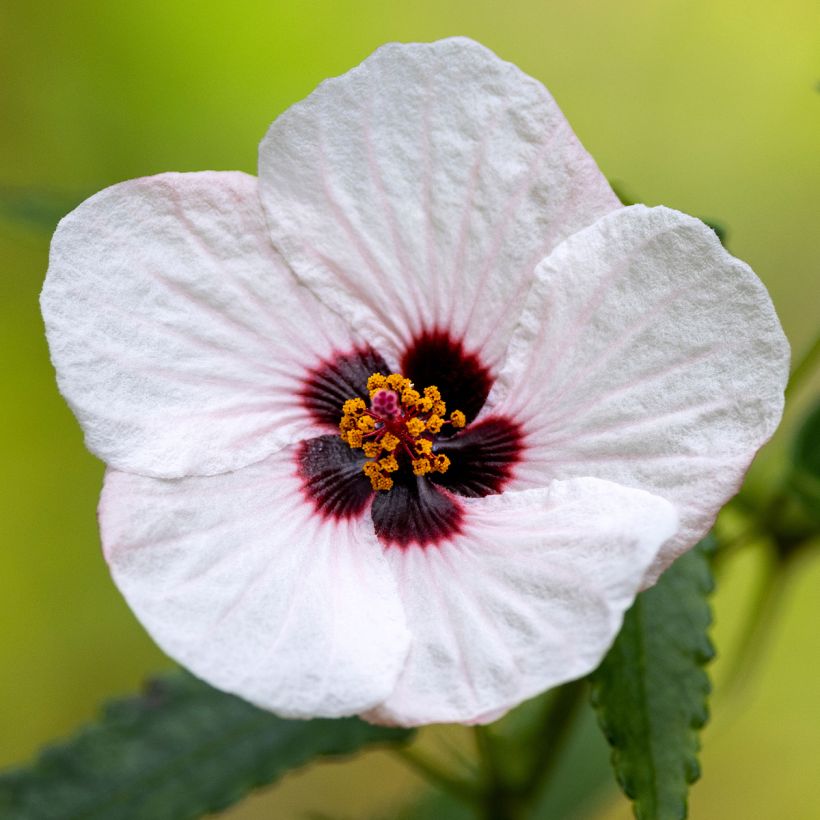

Plant habit
Flowering
Foliage
Botanical data
Pavonia
hastata
Malvaceae
South America
Other Shrubs A to Z
Planting and care
Plant Pavonia hastata in a sunny or partially shaded location in a well-drained, fertile and humus-rich soil, even if it is limestone. Dig a deep planting hole and add some compost and sand to your garden soil to improve soil quality if necessary. Water generously after planting. This species tolerates heat and drought well, but if it lacks nutrients, light and/or water, it can easily produce seeds without going through the flowering stage. In hot regions, make sure it does not lack water if planted in full sun. Pruning takes place at the end of winter and should be severe to promote abundant flowering and a compact, regular habit. Always choose to cut above an eye facing outward.
Planting period
Intended location
Care
-
, onOrder confirmed
Reply from on Promesse de fleurs
Shrubs for pots
Haven't found what you were looking for?
Hardiness is the lowest winter temperature a plant can endure without suffering serious damage or even dying. However, hardiness is affected by location (a sheltered area, such as a patio), protection (winter cover) and soil type (hardiness is improved by well-drained soil).

Photo Sharing Terms & Conditions
In order to encourage gardeners to interact and share their experiences, Promesse de fleurs offers various media enabling content to be uploaded onto its Site - in particular via the ‘Photo sharing’ module.
The User agrees to refrain from:
- Posting any content that is illegal, prejudicial, insulting, racist, inciteful to hatred, revisionist, contrary to public decency, that infringes on privacy or on the privacy rights of third parties, in particular the publicity rights of persons and goods, intellectual property rights, or the right to privacy.
- Submitting content on behalf of a third party;
- Impersonate the identity of a third party and/or publish any personal information about a third party;
In general, the User undertakes to refrain from any unethical behaviour.
All Content (in particular text, comments, files, images, photos, videos, creative works, etc.), which may be subject to property or intellectual property rights, image or other private rights, shall remain the property of the User, subject to the limited rights granted by the terms of the licence granted by Promesse de fleurs as stated below. Users are at liberty to publish or not to publish such Content on the Site, notably via the ‘Photo Sharing’ facility, and accept that this Content shall be made public and freely accessible, notably on the Internet.
Users further acknowledge, undertake to have ,and guarantee that they hold all necessary rights and permissions to publish such material on the Site, in particular with regard to the legislation in force pertaining to any privacy, property, intellectual property, image, or contractual rights, or rights of any other nature. By publishing such Content on the Site, Users acknowledge accepting full liability as publishers of the Content within the meaning of the law, and grant Promesse de fleurs, free of charge, an inclusive, worldwide licence for the said Content for the entire duration of its publication, including all reproduction, representation, up/downloading, displaying, performing, transmission, and storage rights.
Users also grant permission for their name to be linked to the Content and accept that this link may not always be made available.
By engaging in posting material, Users consent to their Content becoming automatically accessible on the Internet, in particular on other sites and/or blogs and/or web pages of the Promesse de fleurs site, including in particular social pages and the Promesse de fleurs catalogue.
Users may secure the removal of entrusted content free of charge by issuing a simple request via our contact form.
The flowering period indicated on our website applies to countries and regions located in USDA zone 8 (France, the United Kingdom, Ireland, the Netherlands, etc.)
It will vary according to where you live:
- In zones 9 to 10 (Italy, Spain, Greece, etc.), flowering will occur about 2 to 4 weeks earlier.
- In zones 6 to 7 (Germany, Poland, Slovenia, and lower mountainous regions), flowering will be delayed by 2 to 3 weeks.
- In zone 5 (Central Europe, Scandinavia), blooming will be delayed by 3 to 5 weeks.
In temperate climates, pruning of spring-flowering shrubs (forsythia, spireas, etc.) should be done just after flowering.
Pruning of summer-flowering shrubs (Indian Lilac, Perovskia, etc.) can be done in winter or spring.
In cold regions as well as with frost-sensitive plants, avoid pruning too early when severe frosts may still occur.
The planting period indicated on our website applies to countries and regions located in USDA zone 8 (France, United Kingdom, Ireland, Netherlands).
It will vary according to where you live:
- In Mediterranean zones (Marseille, Madrid, Milan, etc.), autumn and winter are the best planting periods.
- In continental zones (Strasbourg, Munich, Vienna, etc.), delay planting by 2 to 3 weeks in spring and bring it forward by 2 to 4 weeks in autumn.
- In mountainous regions (the Alps, Pyrenees, Carpathians, etc.), it is best to plant in late spring (May-June) or late summer (August-September).
The harvesting period indicated on our website applies to countries and regions in USDA zone 8 (France, England, Ireland, the Netherlands).
In colder areas (Scandinavia, Poland, Austria...) fruit and vegetable harvests are likely to be delayed by 3-4 weeks.
In warmer areas (Italy, Spain, Greece, etc.), harvesting will probably take place earlier, depending on weather conditions.
The sowing periods indicated on our website apply to countries and regions within USDA Zone 8 (France, UK, Ireland, Netherlands).
In colder areas (Scandinavia, Poland, Austria...), delay any outdoor sowing by 3-4 weeks, or sow under glass.
In warmer climes (Italy, Spain, Greece, etc.), bring outdoor sowing forward by a few weeks.
